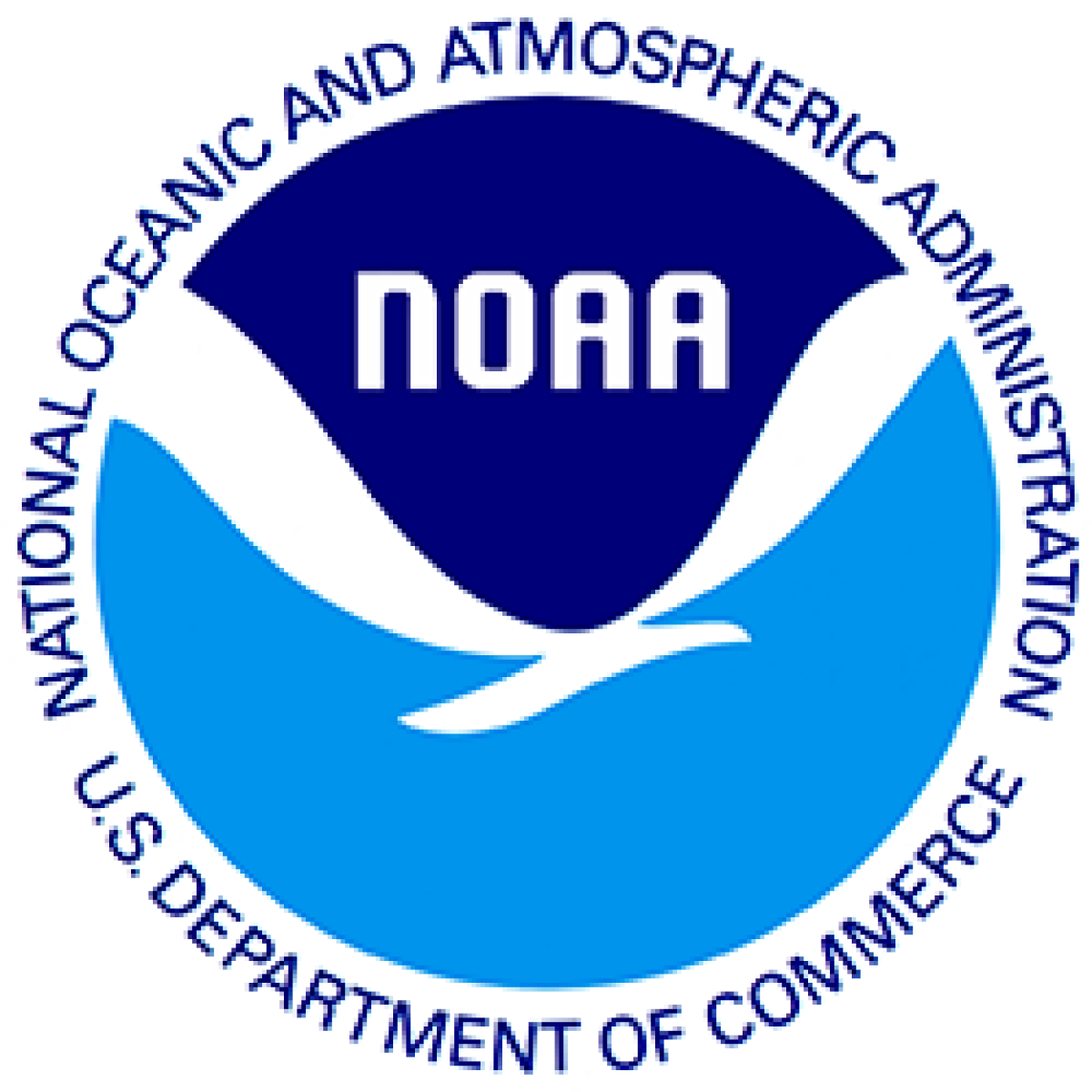Knauss legislative fellowships in Congress help build careers — and they're fun and educational. See our video and fact sheet for details.
R/E-24-Sosa
Functional and Taxonomic Diversity of Microbial Communities in Microplastic Particles from the Chesapeake Bay
Principal Investigator:
Feng ChenStart/End Year:
2018 - 2020Institution:
Institute of Marine and Environmental Technology, University System of MarylandCo-Principal Investigator:
Fellow: Ana SosaTopic(s):
Strategic focus area:
Healthy coastal ecosystemsDescription:
Microbial biofilms are formed for protection from grazing, the mitigation of competition between species, the facilitation of gene transfer and the overall increase of the possibilities of survival. Biofilm formation on plastic is no exception, and microplastics provide further advantages for microbes as these particles can subsist for decades in aquatic environments. Microplastics are polymer particles that are smaller than 5 mm and their existence and prevalence in aquatic environment has been the focus of many studies in the last few years. Microbial communities that form biofilms on particles can potentially lead to the transport of pathogenic and harmful bloom forming species, as well as have an impact on global biogeochemical cycles. Polymer particles have been previously found in the Chesapeake Bay, concentrating in zones with high population densities. Metagenomic analysis of the microbial communities on particles and the surrounding surface water in the Bay will provide insight into what processes are being mediated by these communities and the possible impact on the health of the estuarine environment. Further characterization of plastic degrading metabolism of functional families with the capability to digest polymers will be performed. It is crucial to understand the microorganisms that inhabit plastic debris in aquatic systems and their metabolic capacity to assess their potential roles in global nutrient cycles and their ability to be utilized as bioremediation for plastic pollution.
Related Publications:
Tizabi, D; Sosa, A; Bachvaroff, T; Hill, RT. 2019. Draft Genome Sequences of Three Sponge-Associated Actinomycetes Exhibiting Antimycobacterial Activity Microbiology Resource Announcements8(34) . doi:10.1128/MRA.00858-19. UM-SG-RS-2019-18.





